| |
|
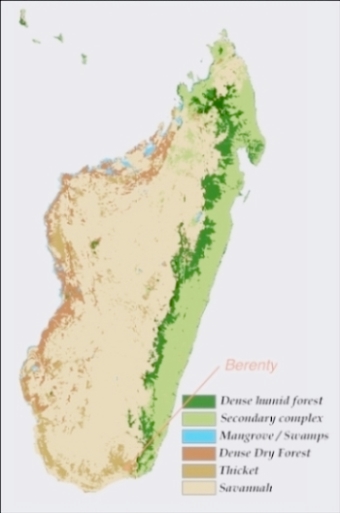 |
Berenty lies beside the Mandrare River in the semi-arid Southern Domain of Madagascar. It is in the rain shadow of the Anosy chain of mountains, in the crater caused by the eruption of the Anosy Volcano 88M years ago, which provoked the split of India from Madagascar. |
| |
|
Madagascar Map © P. Mayaux |
| |
|
|
Berenty, like the rest of Western and Southern Madagascar, has cold dry winters and hot wet summers. This determines the breeding seasons of all plants and animals, and the rhythm of people's crops. All Madagascar lemurs wean their young at the richest time of year in February and March, which for ringtails means that the mothers must give birth at the end of the dry season, when their body condition is lowest. The means indicate mean monthly rainfall, and the error bars the maximum. Minimum is 0 in all months except January and February, when it is 5 mm.
| |
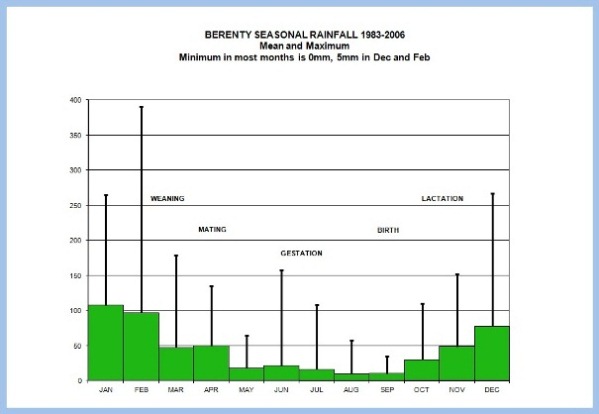 |
|
| |
Graph of seasonal rainfall. A. Jolly, data courtesy C. and A. Rakotomalala. |
|
| |
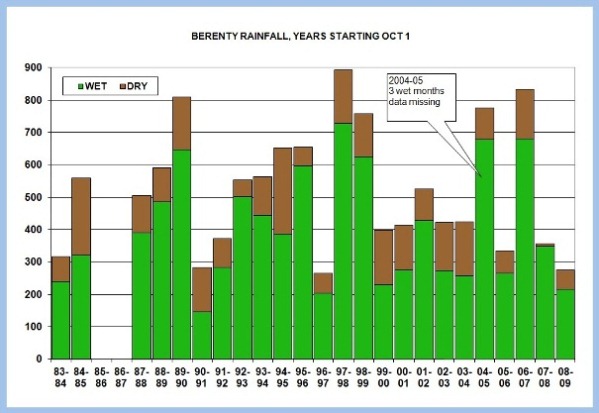 |
|
| |
Graph of Berenty Rainfall, Years Starting Oct 1. A. Jolly, data courtesy C. and A. Rakotomalala. |
|
Madagascar has extremely erratic climate from year to year. The south sufferes from both El Niño droughts and cyclone flooding. The figure shows "Lemur-years", beginning Oct 1 at the start of the wet season, when infant ringtails are born. This groups each wet season together, with its succeeding dry season. Drought years such as 1991-92 can bring famine to the region. Fruit failure in the forest occurs in some wet years, which can mean a lost cohort of infants for the lemurs.
Berenty Estate, Google Earth
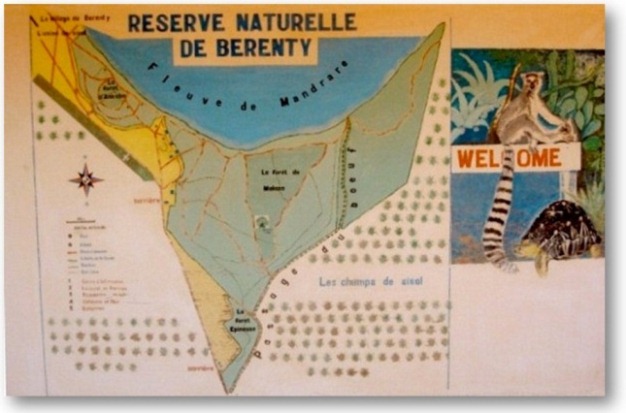



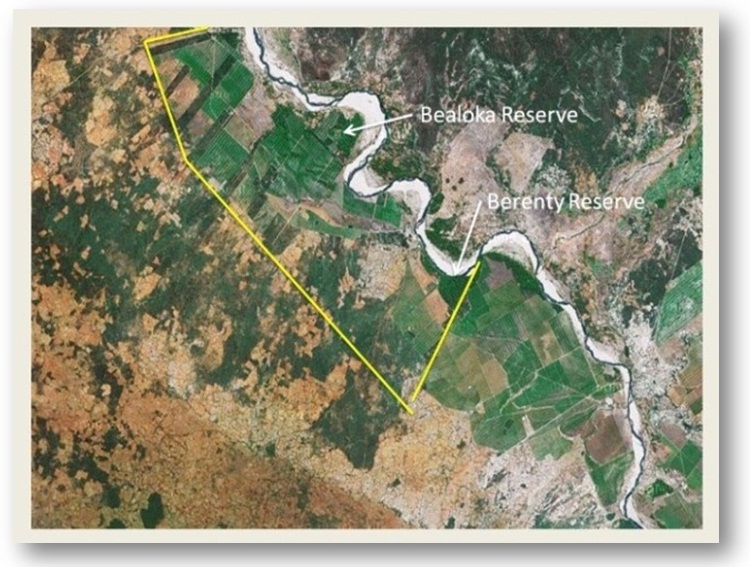
_MASTimg_BreakfastMale_(DC).jpg)
_MASTimg_BerentyWebsiteMasthead.jpg)




.jpg)
.jpg)